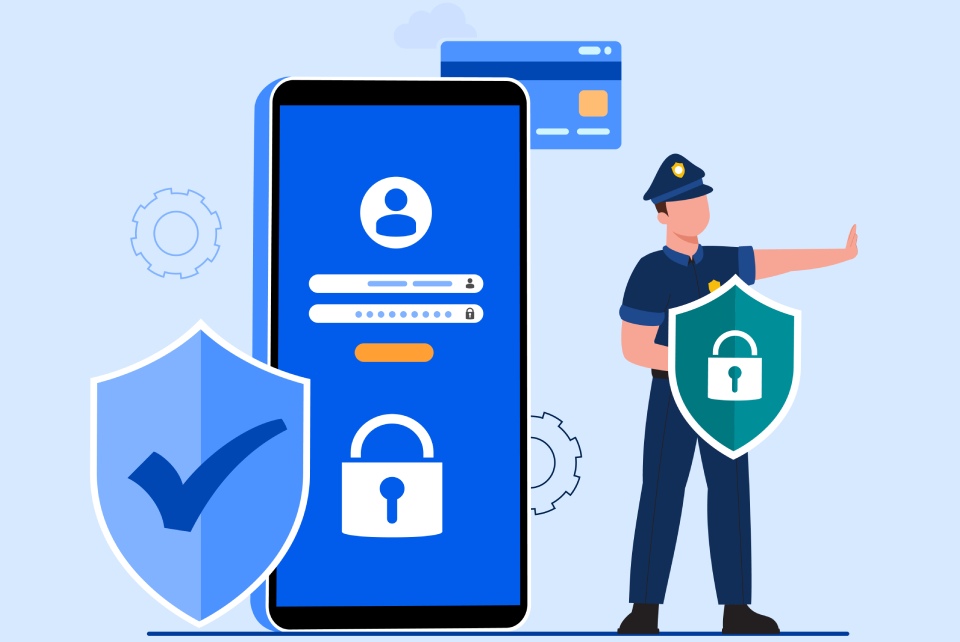Application Security Checklist: 11 Best Practices

Application security is a field that is as extensive as it is complex. Cyber threats continue to grow, and new AppSec providers are constantly entering the market. This often makes it difficult to assess what to do and when and how. If you want to protect your applications from threats, you have to fight your way through a real jungle of products, services, and solutions. This application security checklist contains 11 best practices that serve as a guide to protect applications and data optimally.
Best Practices To Minimize Risk And Better Protect Data
- Eliminate vulnerabilities before applications go into production. To ensure application security before the development process is completed, you should thoroughly consider security concerns: in the development teams (employees), the methods, and the tools used (technology).
- Take care of security in architecture, design, and open-source and third-party components. Suppose you are merely looking for bugs in your proprietary code or performing penetration tests on the system. In that case, you are probably overlooking a not inconsiderable number of vulnerabilities in your software.
- Use security tools that can be integrated into the development environment. One possibility is to use an IDE plug-in that gives developers the results of security tests directly in the IDE used while working on the relevant code.
- Put together an »AppSec tool belt. « All solutions that help reduce risks should be available here. A practical AppSec tool belt should contain integrated solutions that address application security risks from start to finish. The tools should detect proprietary code weaknesses, open-source components, and runtime configuration and behavior.
- Analyze your risk profile so that you can focus your efforts. To know what is essential, you need a team of experienced security experts. This team analyzes an application portfolio quickly and effectively and determines the specific risk profile for each application and its environment.
- Develop a program to develop and expand skills in the area of AppSec. Ensure that you focus on the measures that will have the maximum positive impact on the software security program while also minimizing the cost.
- Training on the opportunities and risks of AppSec. High-quality training courses support security teams in improving their competence in application security.
- Increase internal staff to fill skills and resource gaps. Find a trusted partner who can perform on-demand expert testing, optimize resource allocation and ensure complete test coverage of your portfolio cost-effectively.
- Make sure you understand your cloud security provider’s risks and controls. All departments must be informed and involved in the process from the outset. Enterprise security, development, and operations teams need to know how to deal with the newly uncovered security risks that arise when migrating to the cloud.
- Develop a structured plan to coordinate security initiatives with the cloud migration. Once you fully understand the risks, create a roadmap for your cloud migration. This ensures that all teams act in a coordinated manner and that the priorities are clear.
- Create security plans that describe cloud security best practices. Such programs help development teams and system integrators develop and implement cloud applications more securely.
Also Read: Cybersecurity: Insider Threats In Times Of The Pandemic






